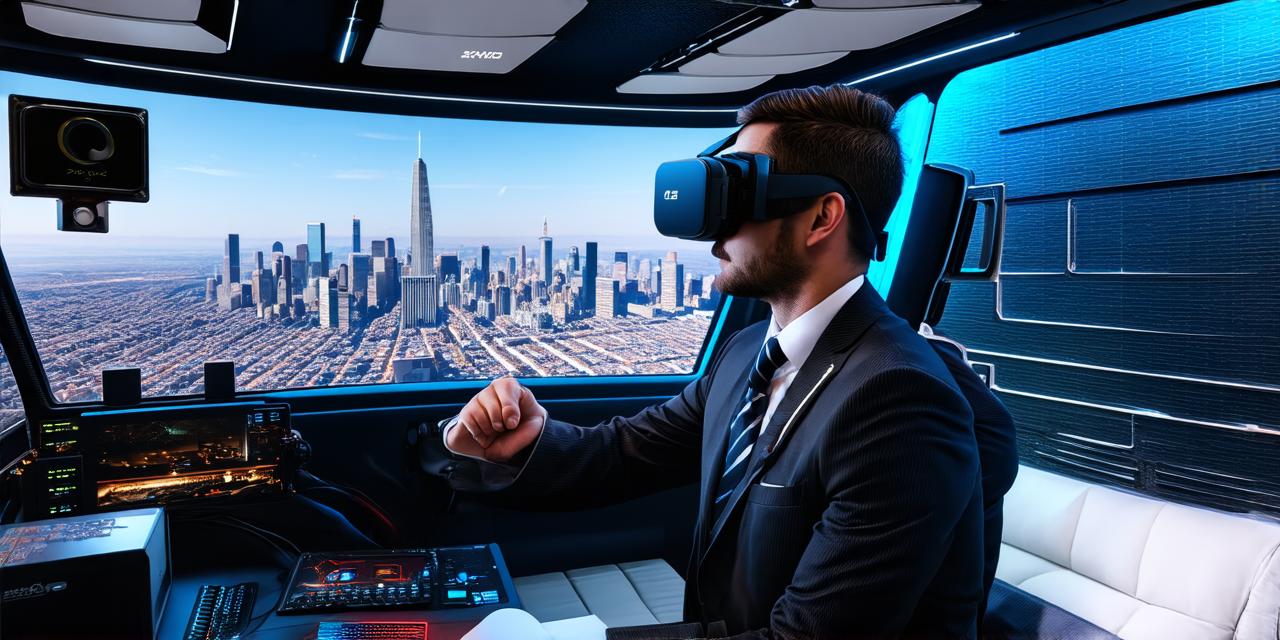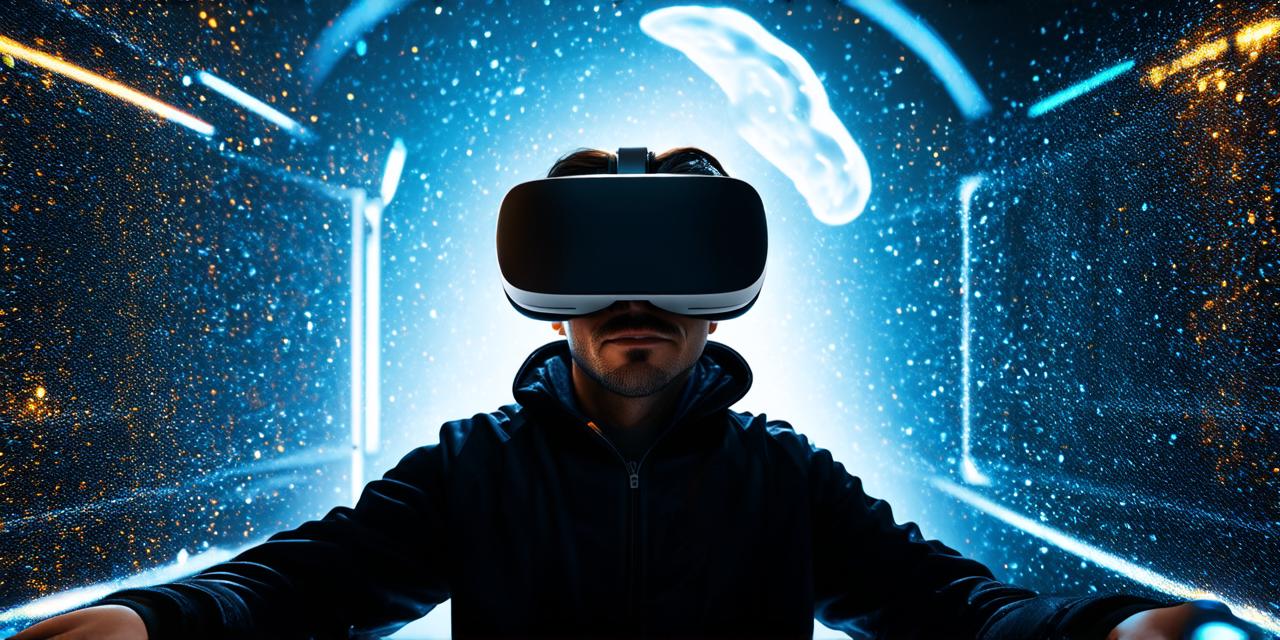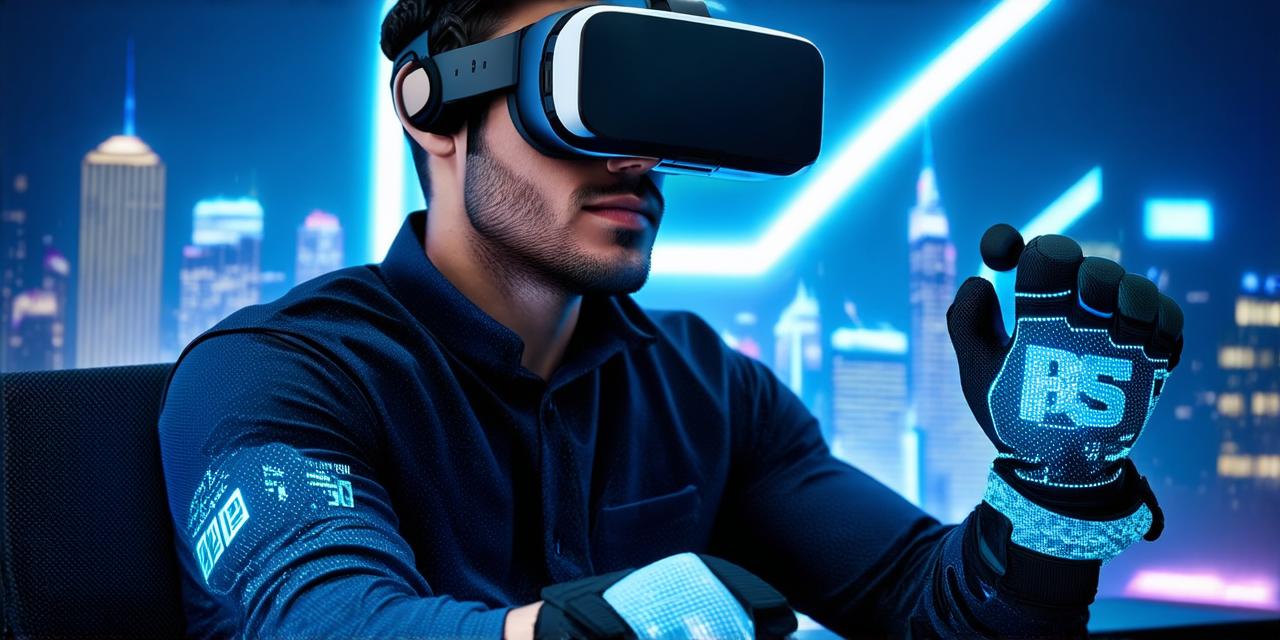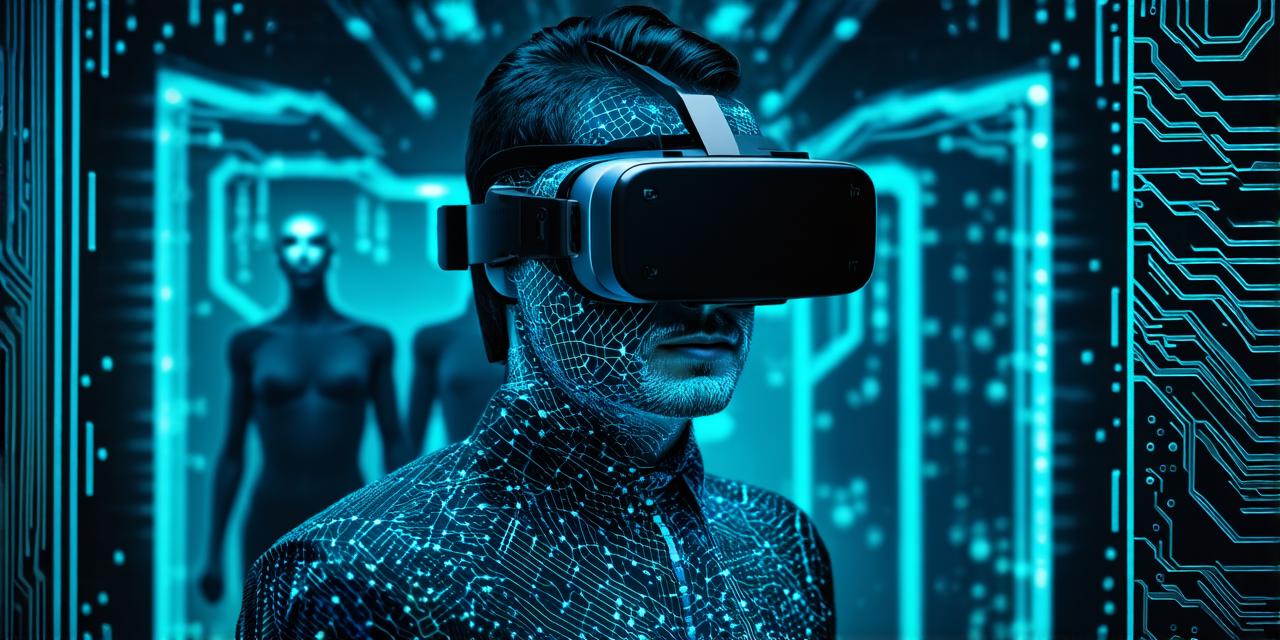Immersive virtual reality (VR) is becoming increasingly popular in business applications due to its ability to enhance user engagement and productivity. In this article, we will explore the benefits of using immersive VR in business, including increased efficiency, improved customer experiences, and enhanced training and education opportunities.
One of the main benefits of using immersive VR in business is increased efficiency. By allowing employees to work in a virtual environment, they can complete tasks more quickly and accurately than they would in a physical setting. For example, architects and engineers can use VR to design and test new buildings and infrastructure, saving time and resources by eliminating the need for physical models.
Similarly, doctors and nurses can use VR to simulate surgical procedures and other medical scenarios, allowing them to practice and perfect their skills in a safe and controlled environment.
Another benefit of using immersive VR in business is improved customer experiences. By creating virtual environments that mimic real-world settings, businesses can provide customers with a more engaging and memorable shopping or dining experience.
For example, furniture retailers can use VR to showcase their products in a virtual living room, allowing customers to see how the furniture would look and feel in their own home before making a purchase. Similarly, restaurants can use VR to create virtual dining experiences that allow customers to sample dishes and ambiance without leaving their homes.
Immersive VR can also enhance training and education opportunities. By providing a safe and controlled environment for learning, businesses can help employees develop new skills and knowledge more effectively.
For example, military personnel can use VR to simulate battlefield scenarios, allowing them to train for real-life situations in a virtual environment. Similarly, students can use VR to explore historical or scientific events in a more engaging and interactive way, helping them to better understand complex concepts.
One example of the benefits of using immersive VR in business is the case of Ford Motors. Ford has been using VR technology to design and test new car models for several years now, allowing them to make changes and improvements more quickly and efficiently than ever before. By using VR, Ford has been able to reduce the time and cost involved in creating physical prototypes, ultimately leading to faster and more successful product launches.
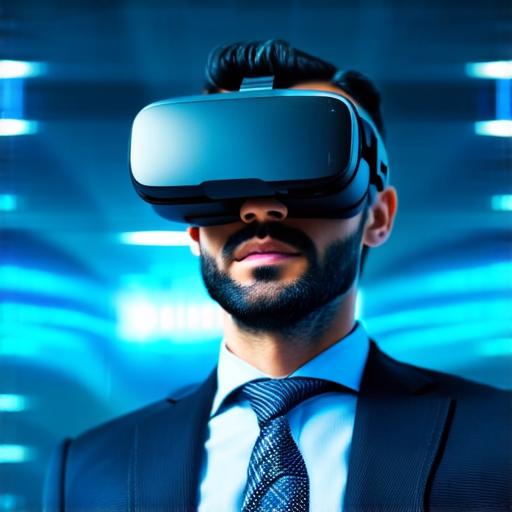
Another example of the benefits of immersive VR in business is the case of Marriott International. Marriott has been using VR technology to allow customers to virtually explore their hotels and resorts before booking a stay. By providing a virtual tour, Marriott has been able to increase customer engagement and satisfaction, leading to higher bookings and repeat business.
In conclusion, immersive virtual reality is becoming an increasingly popular tool in business applications due to its ability to enhance user engagement and productivity. From increased efficiency and improved customer experiences to enhanced training and education opportunities, VR has the potential to revolutionize the way businesses operate and interact with their customers.
FAQs:
What is virtual reality?
Virtual reality (VR) is a technology that allows users to experience a computer-generated environment as if it were real.
How does virtual reality work?
Virtual reality works by using sensors and headsets to track the movements of the user and adjust the virtual environment accordingly.
What are some examples of business applications for virtual reality?
Some examples of business applications for virtual reality include design and testing, customer experiences, training and education, and more.
How can virtual reality benefit businesses?
Virtual reality can benefit businesses by increasing efficiency, improving customer experiences, enhancing training and education opportunities, and more.
What are some challenges associated with using virtual reality in business?
Some challenges associated with using virtual reality in business include the cost of equipment and software, the need for specialized skills, and the potential for motion sickness.
